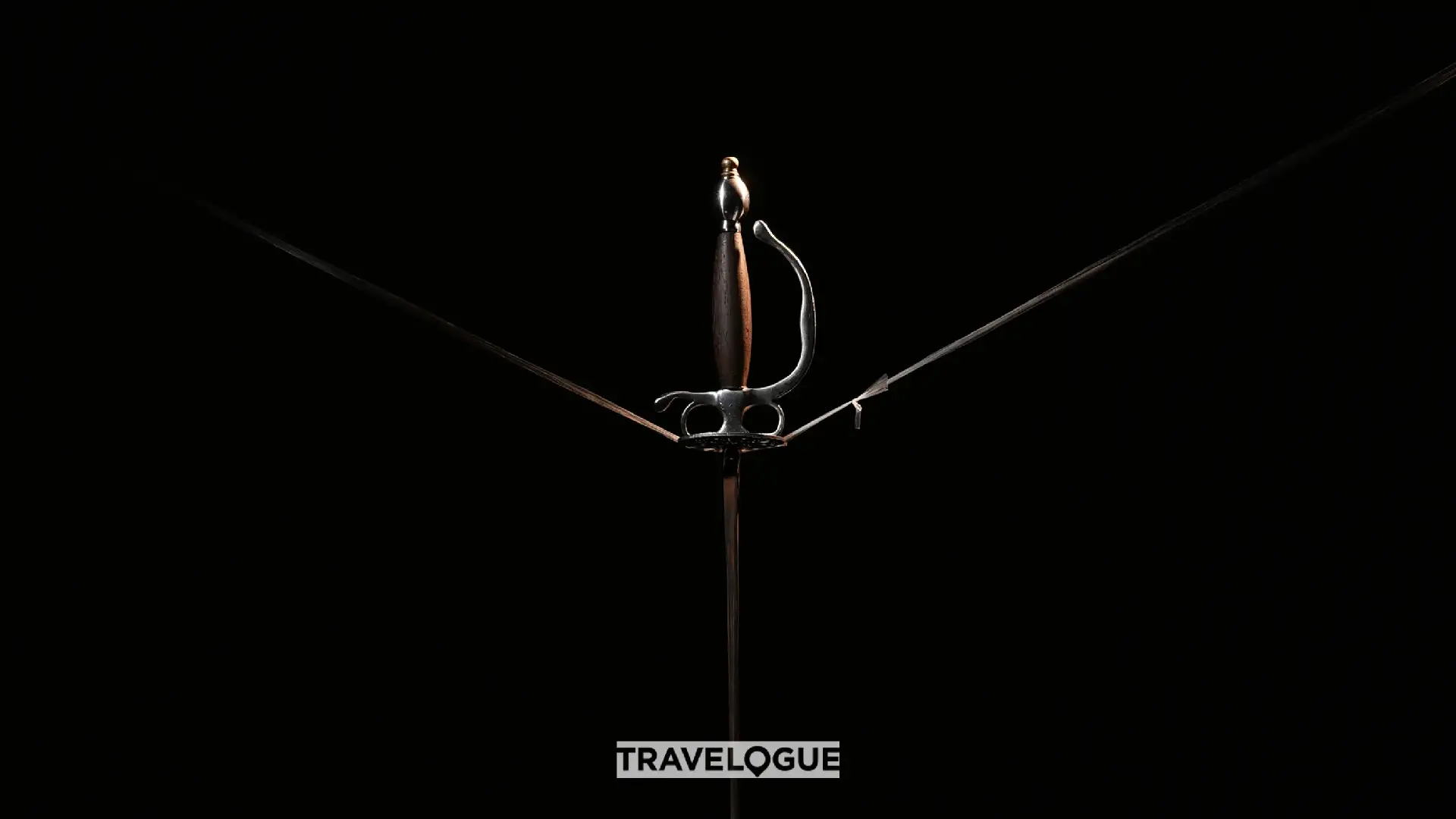Discover the Rich History of HEMA Weapons: Centuries-Old Combat Treasures Revealed
Metal weapons have become powerful symbols beyond their battlefield use, shaping culture and society in unexpected ways.

In display cases and on the training floors of historical martial arts schools, European swords and metal weapons attract both scholars and enthusiasts. What may seem like mere relics are, in fact, testaments to centuries of technological ingenuity and tactical adaptation. From slender rapiers designed for lightning-fast duels to robust broadswords favored in brutal battlefield encounters, each blade tells a story of its own era and the people who wielded it.
Weapon designs were never static—rather, they constantly responded to the challenges of their times. The emergence of heavy plate armor during the Middle Ages, for example, led to the development of swords with tapered points, specifically crafted to thrust through small gaps between armor plates. Conversely, earlier weapons like the Viking sword were broad and flat-bladed, optimal for slashing unarmored foes. Every evolution in defense prompted an innovation in offense, making the arms race of medieval and Renaissance Europe an ongoing contest of strategy and craftsmanship.
The modern practice of Historical European Martial Arts (HEMA) has brought renewed attention to these so-called "combat treasures." By reconstructing ancient fighting techniques and putting antique weapon replicas to the test, today’s practitioners are able to appreciate the unique strengths and nuances of each weapon design. They learn firsthand that a longsword’s reach can be countered by the agility of a saber, and that even seemingly unwieldy polearms become devastatingly effective in trained hands.
More than just symbols of violence, these metal weapons serve as keys to understanding the societies that created and used them. Each sword, dagger, or axe encapsulates a blend of artistry and utility, reflecting the priorities, resources, and threats of its era. As interest in HEMA continues to grow worldwide, the legacy of these weapons endures—not as glorified implements of war, but as bridges to our shared martial heritage.




